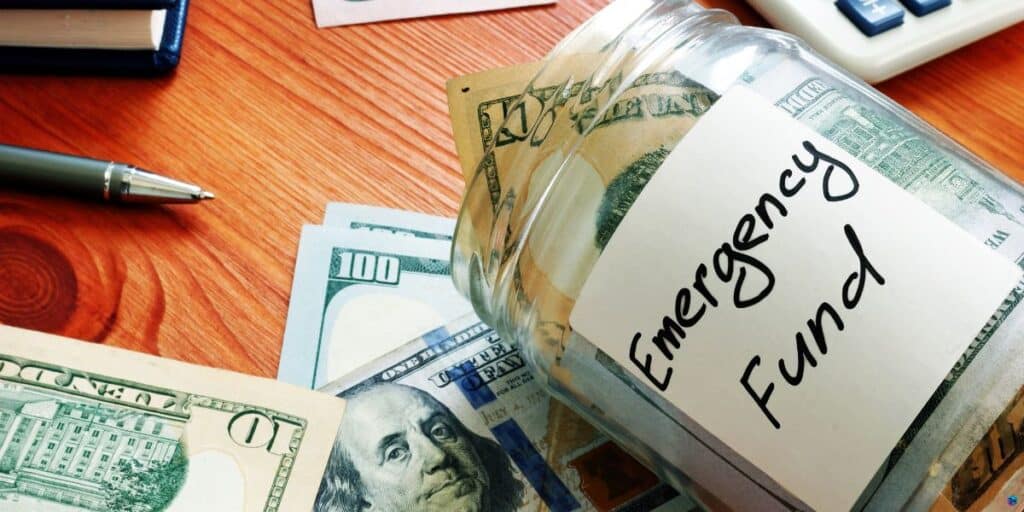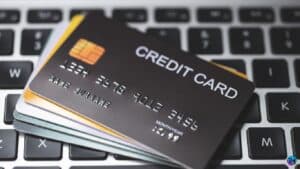Life’s unpredictable, isn’t it? One minute you’re cruising along, and the next, you’re hit with an unexpected expense that throws everything into chaos. That’s precisely why understanding emergency funds is crucial. It’s your financial buffer, your safety net. But how much is actually enough? Let’s dig in and break it down, piece by piece.
💡In a Nutshell
An emergency fund is your financial safety net, helping you weather life’s surprises without stress or debt. This article unpacks how much to save, where to keep it, and how to build it—so you can confidently face unexpected costs like medical bills, car repairs, or job loss.
Learn why having 3–6 months of living expenses tucked away is crucial for peace of mind and financial flexibility. Plus, discover practical strategies like automating savings and leveraging windfalls to grow your fund quickly and sustainably.
Ready to build your financial buffer? Let’s break it down step by step!
What Exactly is an Emergency Fund?
An emergency fund is a stash of money set aside to cover the financial surprises life throws your way. These unexpected events can be anything from car repairs and medical bills to job loss. Here’s why having one is a game-changer:
- Peace of Mind: Knowing you have a financial cushion can help you sleep better at night.
- Avoiding Debt: With a safety net, you won’t have to rely on credit cards or loans in emergencies.
- Flexibility: You can make decisions without the pressure of financial constraints.
How Much Should You Have in Your Emergency Fund?
Ah, the million-dollar question—or perhaps the several-thousand-dollar question. There’s no one-size-fits-all answer, but experts generally recommend saving three to six months’ worth of living expenses. Here’s how to figure out what’s right for you:
- Calculate Your Monthly Expenses: Tally up your rent/mortgage, utilities, groceries, transportation, insurance, and any other essentials.
- Consider Your Job Stability: If your income is stable and predictable, three months might suffice. For freelancers or those in volatile industries, aim for six months or more.
- Factor in Your Lifestyle and Dependents: Kids, pets, and a penchant for spontaneous adventures can all influence how much you need.
Level Up Your Financial Game
Access our suite of smart financial calculators. Budget better, invest smarter, and track your growth! 📈
Try Financial Calculators →Steps to Build Your Emergency Fund
Ready to start padding your financial cushion? Here’s how to get started:
- Set a Realistic Goal: Based on your calculations, set a target amount for your fund.
- Create a Budget: Identify areas where you can cut back and redirect those savings into your fund.
- Automate Savings: Set up automatic transfers to a dedicated savings account. Out of sight, out of mind!
- Use Windfalls Wisely: Tax refunds, bonuses, or unexpected windfalls can give your fund a quick boost.
- Keep It Accessible Yet Separate: Choose a high-yield savings account that’s easily accessible but separate from your regular checking account.
Common Pitfalls to Avoid
Building an emergency fund is straightforward, but there are a few traps you might fall into:
- Dipping into Your Fund for Non-Emergencies: Keep your fund for true emergencies only.
- Underestimating Your Needs: Better to overestimate than find yourself short.
- Neglecting Other Financial Goals: Balance is key. Don’t let your emergency fund overshadow other important financial goals like retirement savings.
FAQs About Understanding Emergency Funds
1. Can I invest my emergency fund?
Nope. The goal is liquidity, not growth. You need to access it quickly without losing value, which is why a savings account is ideal.
2. How often should I review my emergency fund?
Regularly! Financial situations change, so reassess your needs annually or after major life changes.
3. What if I have debt? Should I still prioritize an emergency fund?
Yes, but balance is crucial. Start with a small fund to avoid more debt, then tackle your high-interest debt while gradually building your fund.
4. Is it ever okay to use a credit card instead of an emergency fund?
Using credit should be a last resort. The aim of an emergency fund is to steer clear of debt.
5. How do I replenish my fund after using it?
Re-evaluate your budget and prioritize rebuilding your fund as soon as possible.
Conclusion
Understanding emergency funds is all about striking the right balance between preparation and practicality. By setting clear goals, avoiding common pitfalls, and regularly reviewing your needs, you’ll create a strong financial safety net. Remember, it’s not just about surviving the unexpected; it’s about thriving despite it. So, how much is enough? Only you can truly decide, but whatever the amount, starting today is a step in the right direction. Stay savvy, stay secure! 💪
Related: Leadership insights from Forbes












